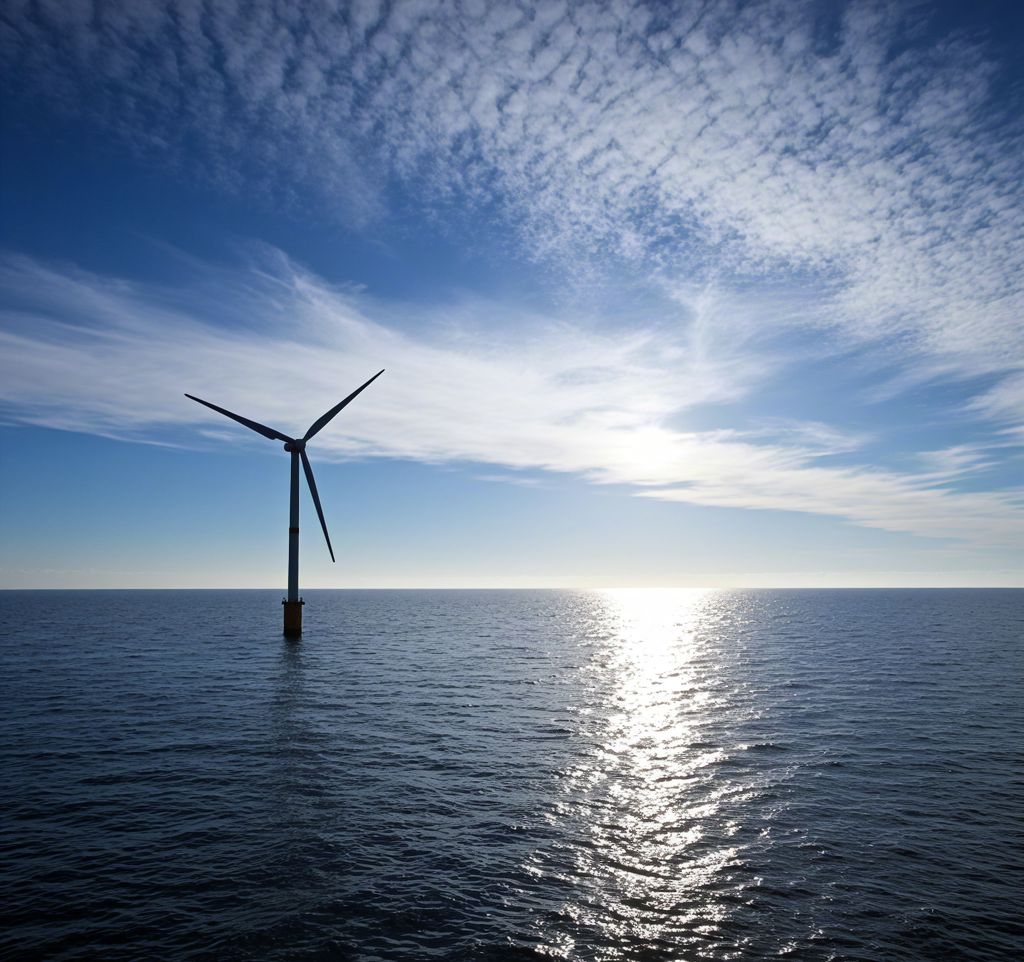
Marine Renewable Energy
Marine renewable energy usually refers to the renewable natural energy stored in the ocean. Narrowly speaking, it mainly includes tidal energy, wave energy, ocean current energy (tidal energy), seawater temperature difference energy, and seawater salinity difference energy. In a broad sense, it also includes wind energy over the ocean, solar energy on the ocean surface, and marine biomass energy.
Compilation of monographs
Review of Shared Mooring Systems for Offshore Floating Wind Farms
XU Hang;SHEN Kanmin;RUI Shengjie;In recent years, the construction cost of floating wind farms is reduced because of the concept of shared mooring design with shared anchor points or shared mooring lines and makes it possible to build large-scale floating wind turbine. The research status and challenges of shared mooring floating wind farms are reviewed, including the dynamic analysis method of shared mooring floating wind farms, the bearing characteristics of the mooring foundation of shared mooring system and other key issues. The layout form,reliability optimization method and numerical simulation method of floating wind farm conceptual design are summarized, and the characteristics of shared mooring load transfer and the key points of mooring foundation design are pointed out. References can be provided by the relevant conclusions for the application of shared mooring for offshore floating wind farms in China and abroad.
MPPT Algorithm for Power Flow Generation Based on Improved Variable Step Mountain Climbing Method
AN Runze;ZHAO Yang;HUA Di;WANG Xin;Aiming at the problems that the traditional variable step size climbing method has poor adaptability to the sudden change and random fluctuation of tidal current velocity in tidal power generation system, and is prone to disturbance direction judgment error and speed tracking too fast, an improved variable step size maximum power point tracking(MPPT) algorithm is proposed based on the variable step size climbing method.The method can accurately judge a variety of maximum power tracking conditions and use the change degree of power and speed under two sampling points to determine the size of the next step, and automatically adjust the size of the step according to the size of the energy acquisition coefficient in stages to deal with the sudden change of tidal current velocity, so as to achieve maximum power tracking. A simulation system based on PID control and active disturbance rejection control is built in MATLAB/Simulink environment for simulation experiments.The results show that the improved variable step size climbing method not only can achieve maximum power tracking, but also has stronger adaptability to the random fluctuation and sudden change of tidal current velocity,and has good steady-state characteristics.
Current Status and Trends of Research on Ocean Tidal Energy Generation Technology
SUN Ke ;CHEN Tianyu;Comparison on Offshore Wind Construction Vessel Workability Based on Two Inverted Distance Weighting Interpolating Schemes
DU Yu;WANG Kai;Two schemes of inverted distance weighting(IDW) method are proposed towards the interpolation of the construction vessel workability. In the comparison, the global forecast wave data, of which the spatial resolution is(1/12)° provided by France Meteo, is employed. The offshore wind mono pile foundation constructed by a crane vessel with 180 m length is studied, and 144 interpolating points averagely spaced in one of the planned China's wind farm is selected. The results show that, the construction vessel workability computed with two schemes is extremely similar to each other. The errors between both for any interpolating point is below 1.5%, which can be considered as equivalent in accuracy in engineering application perspective. It can be interchangeable in different application scenarios.